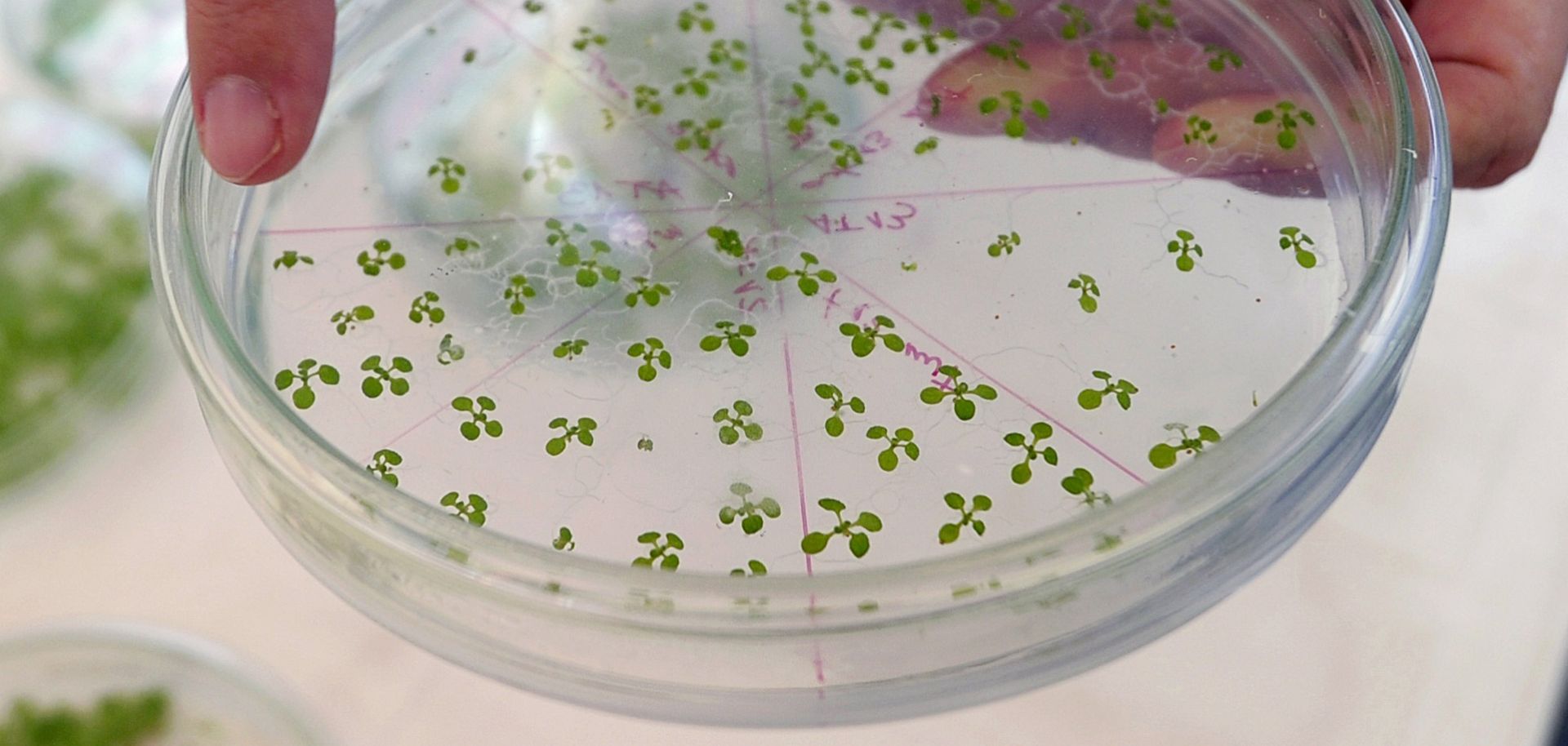ASSESSMENTS
Gene Editing: Tailoring the Future of Biotech
May 6, 2016 | 08:00 GMT

(JUAN MABROMATA/AFP/Getty Images)
Summary
Just over a year ago, Chinese laboratories published the results of a controversial experiment, one that enabled the selective editing of genomes belonging to human embryos. A flurry of ethical debates and research on the relatively new technique known as CRISPR took place in the aftermath. Scientists and policymakers alike were quick to explore the potential applications — and implications — of gene editing. Given the recent anniversary of clustered regularly interspaced short palindromic repeats (CRISPR) and a related intellectual property battle dragging on in U.S. courts, it is appropriate to evaluate the progress gene-editing technology has made, and determine how valid our previous assessment of the technology's potential impact was.
Subscribe Now
SubscribeAlready have an account?
